THE DYING END
by Chris Lutz
Phobos: Anomaly Reborn gave way to Deimos: Anomaly Unleashed. Lutz lost his muse, though, and didn't produce anything for about four years. The Dying End was released in 2007. It's a Boom-compatible offering that replaces Doom II's MAP29 and came as an oasis in a drought of chaos. It would be another four years before Icebound and his participation in DTWiD. This gave way to working with Xaser for No End In Sight. Thus energized, he would make a strong case for 2017's Mapper of the Year as a triple threat with Hellscape and Dark Tide. At least, it looks that way when I held the door open for NEIS to grace the 2017 season.
I'm talking about the future because TDE was a portent. Lutz's Inferno and to a lesser extent Phobos: Anomaly Reborn offered new takes on id's environments but used Chris's imagination as a jumping-off point as opposed to the originals. The Dying End is explicitly a remake of Doom II's "The Living End" and goes so far as to use its general layout and encounters. The author ultimately used it as the anchor of Hellscape, his hi-def remodel of MAP21-MAP30. If the rest of the set offers the same level of reconstruction (and from what I've seen it's even more so) then it'll be an affair to remember.
There's no getting around it: TDE is gorgeous. The style is quite different, too. Most of Lutz's previous works leaned heavily on painstaking midtexture work and some semblance of scripting. Features like bridges and Chris's impressive sector machinery disguised the limitations of both the original executable and even Boom's expanded featureset. I didn't bother to look into the extent of The Dying End's inner works but it doesn't appear to be any more complicated on its face than a large limit-removing level. One that escews his typical exploitation of midtextures for props and disguises Doom's vertically rectilinear level geometry.
It's also commendable how Lutz has embellished so much of "The Living End" while maintaining the recognizability of its core. The progression and layout are more or less the same. The biggest liberties have been taken with the northwest area but I feel that you can still draw inspirational connections between both MAP29s. TDE's mechanics are exaggerated iterations of the original's. The combat draws heavily on player exposure in the familiar cavern cliff setting. Much of the hospitable game space consists of catwalks elevated above damage floors. The more open areas are treacherous due to exacting enemy placement both within and without.
Your first few steps are some of the most trying and have a frenzied but tactical aspect as you storm the Doom II equivalent of a beachhead. It's not nearly as grossly overwhelming as Hell Revealed's "Post Mortem", of course, but there are a bunch of zombies to meet head-on. Never mind the caged mancubi and revenants from the central structure. You can duck back into the starting cave but you have to place yourself under withering fire in order to make any real progression and it won't stop until you reach the first teleporter alcove. It gets worse along the way, too since this isn't your home turf. The initial traps that are executed by the demons are real fight-or-flight moments where the latter puts you right back into the fire you just fought through while the frying pan comes chasing after you.
There is one single encounter that is at odds with "The Living End" and, fittingly enough, it takes place in Chris's largest deviation. His oppressive teleport ambush is perhaps my favorite fight of the whole level. Triggering it places you in immediate danger as monsters - including revenants - begin to teleport onto the ground floor while a teeming horde builds up between you and the exit. This includes an arch-vile so you'll have to be cognizant of him in case you need to duck behind one of the three infernal slabs. It's a tough encounter and its dynamic relies on the beasties in the back having a hard if not impossible time making it to your half of the room. I used the plasma gun to fend off the red rock aggressors but you might have a hard time of it since the first two PGs are found in secret areas... one of which is off this very chamber. Once you get them under control then you can use your rockets to carve out and kill ol' archie.
Even the quieter moments can be tricky. Chaingunners are in many key positions and it's hard to get out of the way of projectiles when you don't have a lot of room to move around in. Several segments require you to climb awkward staircases to get up close and personal with brawler monsters like revenants and Hell knights. I wasn't fond of these setups since I didn't feel quite as in control when I had to slowly step around a corner or climb up steep stairs to deal with a monster who I couldn't see. There's an ambush right before you reach the center island that might seem especially dickish but at this point you have got to be expecting traps in virtually every inch of unexplored territory.
"The Living End" is a pretty good showcase of incorporation three-dimensional space in level design. Several important progression points require the player to "leap" between successive platforms. Failure results in falling to the damage floor deep down below. It's another trait that Lutz plays up. The jumps in the original remain but there are even more gaps for you to cross. Some of these are to facilitate access to teleport locations while others appear to be there to control the way in which the player moves about the level. You can run over a series of thin slabs but you have to commit to the motion. Stopping on one and then fluidly moving around to dodge requires more precision than the average player has. The price of screwing up is spending additional quality time in Hell's boiling blood.
It's a treasure to spelunk around the caverns and cliff faces. The opening shot is great and intimates the promise of a Stygian wonderland to explore. There are a hefty seven secrets to find, each one offering its own little scenic hideaway. A few of them still show Chris's fondness for busting down walls but do so in the most vanilla way possible. If you see a cracked stone texture then do yourself a favor and take a moment out of your time to punch it. I appreciate being able to goat around and get on top of stuff like the red imp towers. They're kind of a pain to fully navigate but worth doing so to root out their snipers' nests. I also love that several collapsing walls allow the level to organically open up to the player.
The Dying End was a fairly hairy experience at times but I greatly enjoyed Lutz's classically-flavored take on an old favorite. If the difficulty seems too hard to you then good news! Each turn of the dial will reduce the monster population by a third, more or less. As for me, I'm practically salivating as I think about what he has done with the rest of Doom II's final episode. If you've found the original's level design to be a bit plain or antiquated, especially when compared to "modern" sensibilities, then TDE ought to be a fine stand-in.


IN MY TIME OF DYING, WANT NOBODY TO MOURN
ALL I WANT FOR YOU TO DO IS TAKE MY BODY HOME

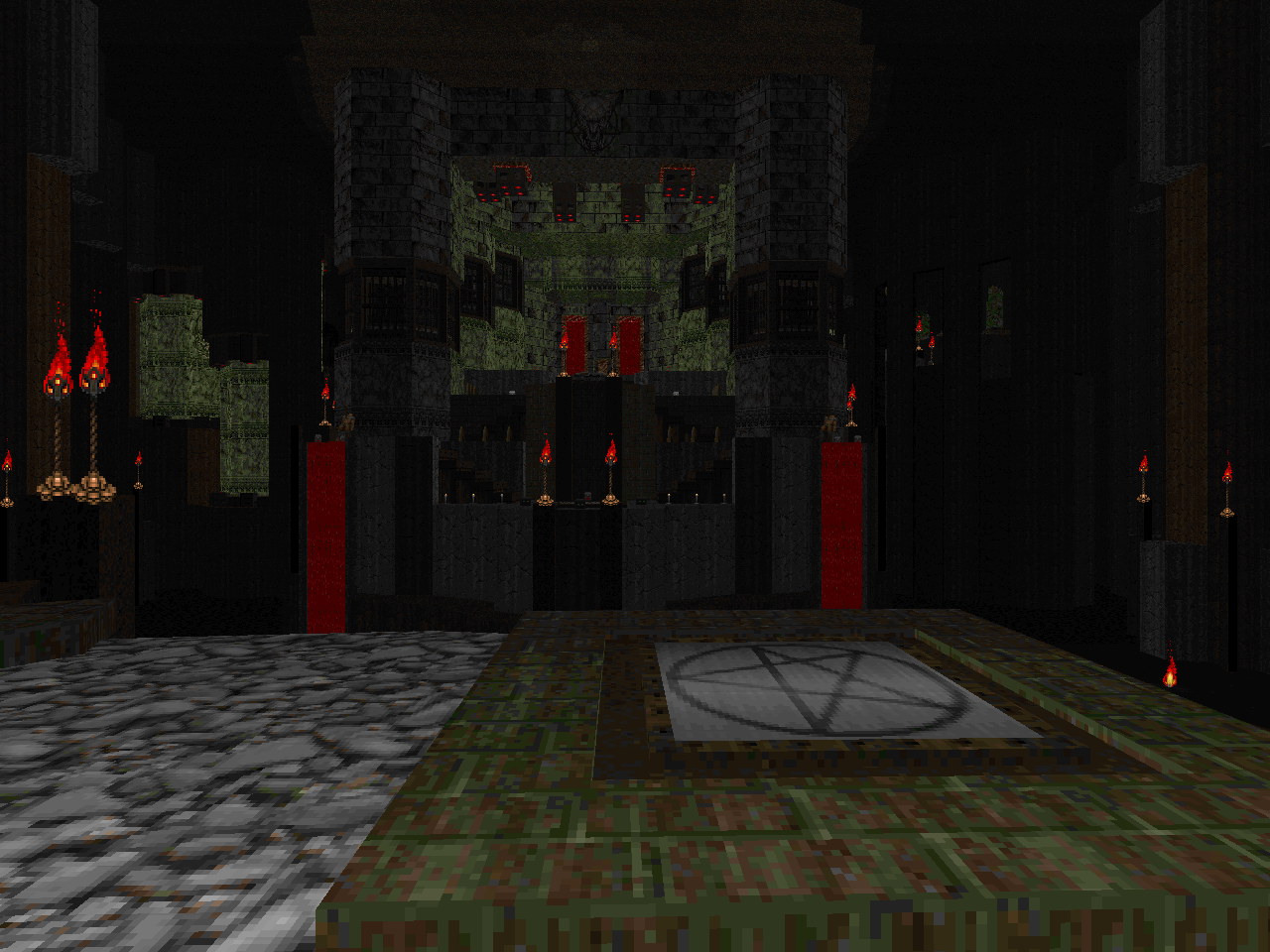

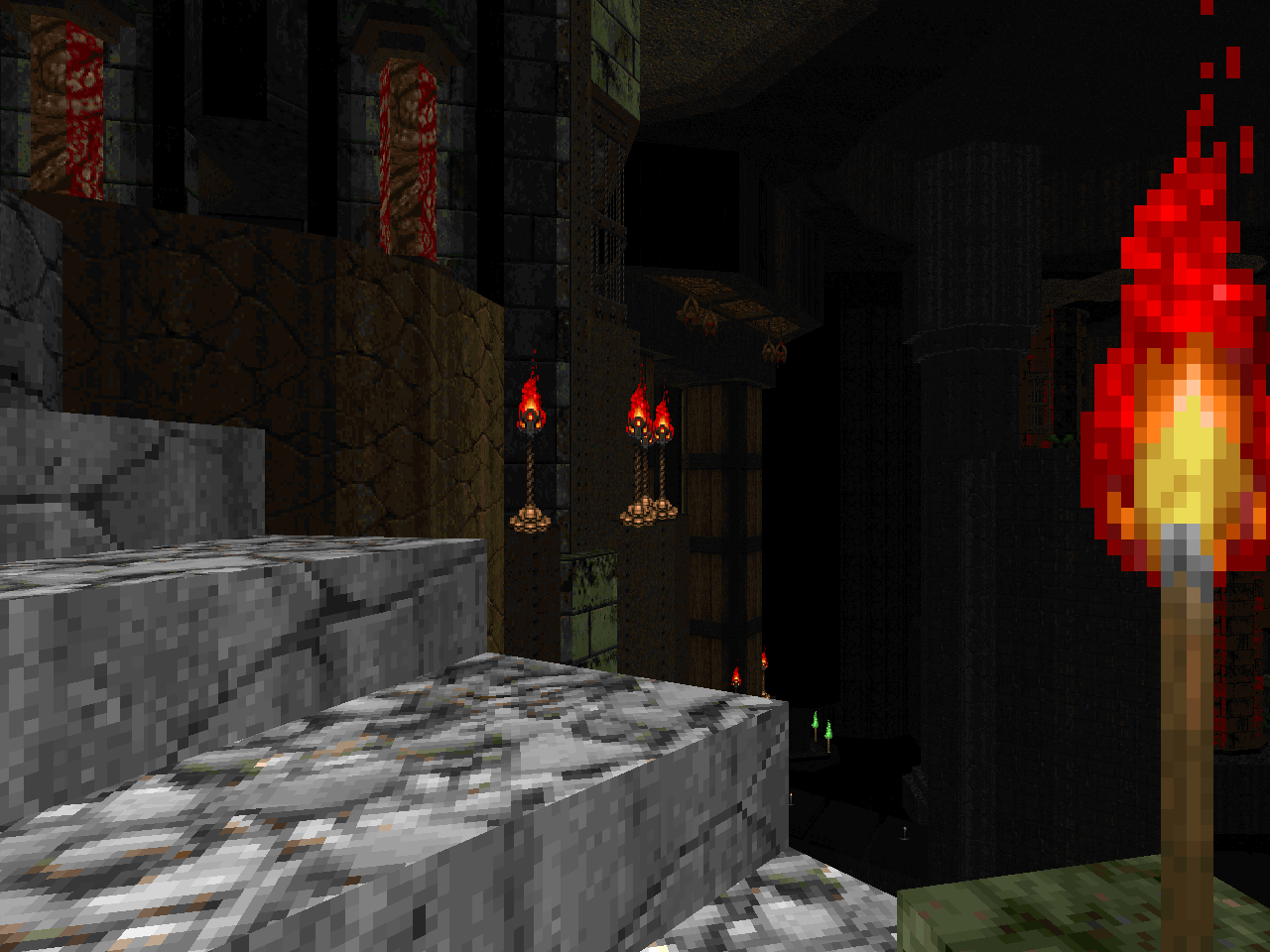
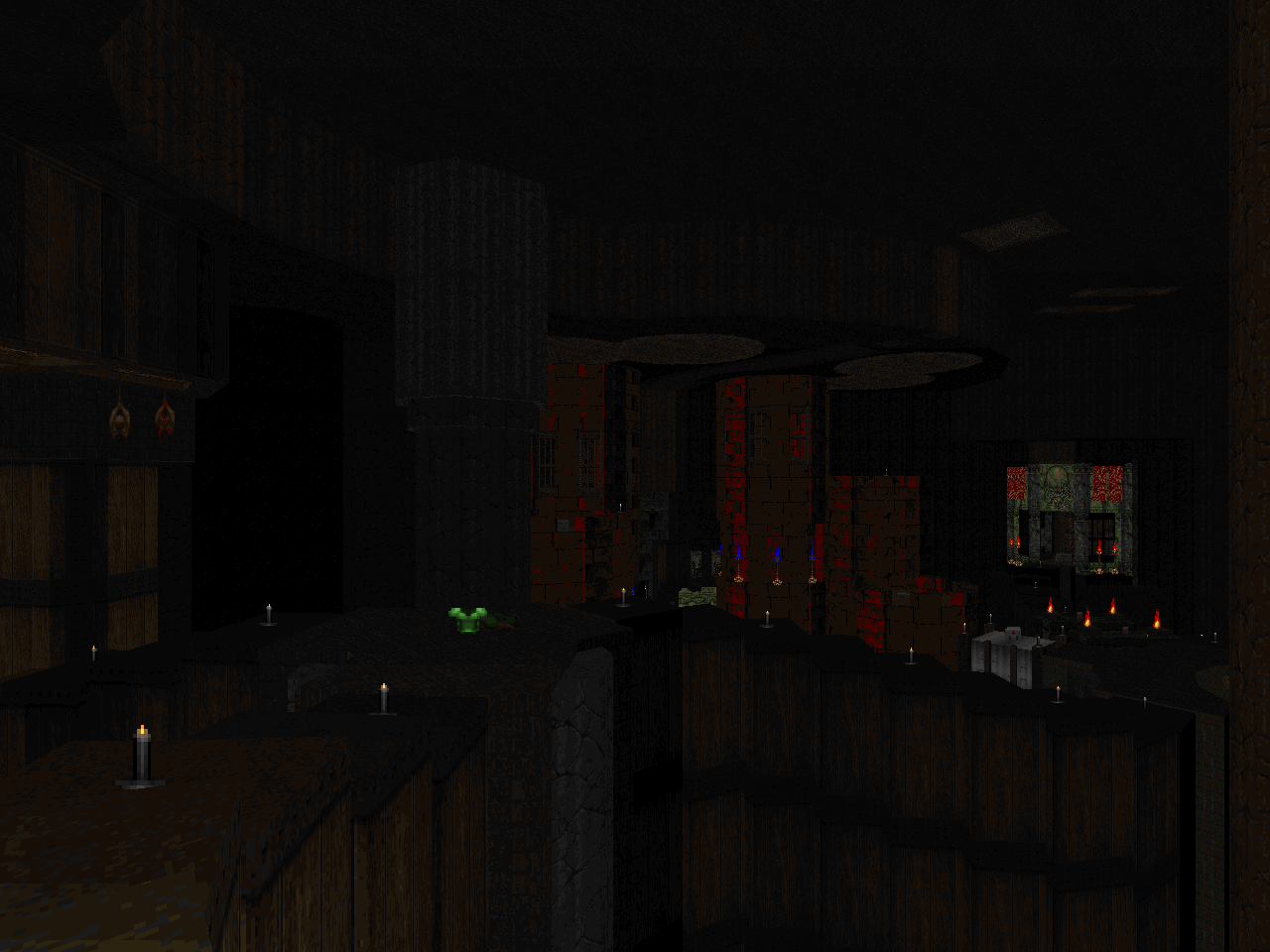
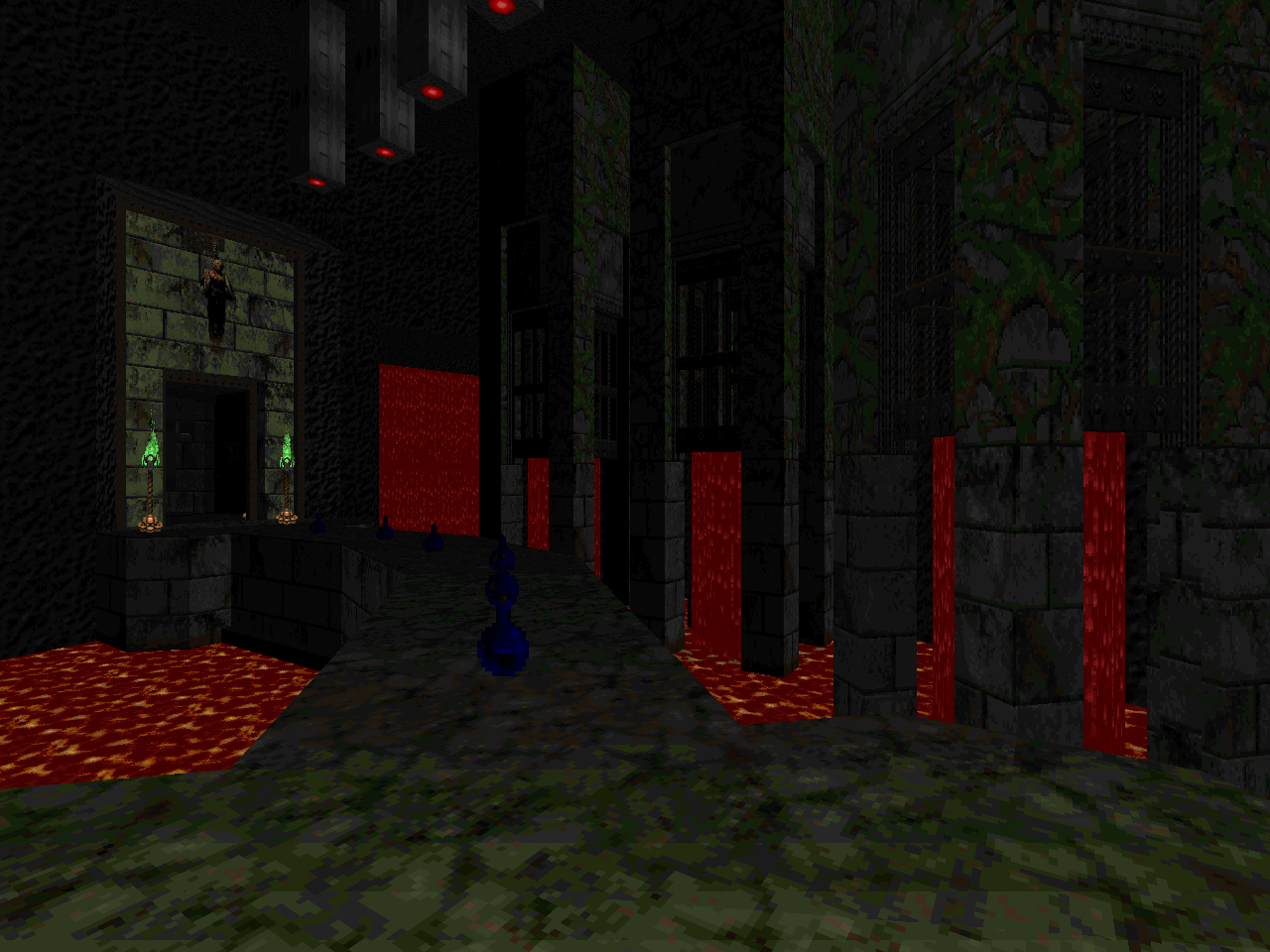

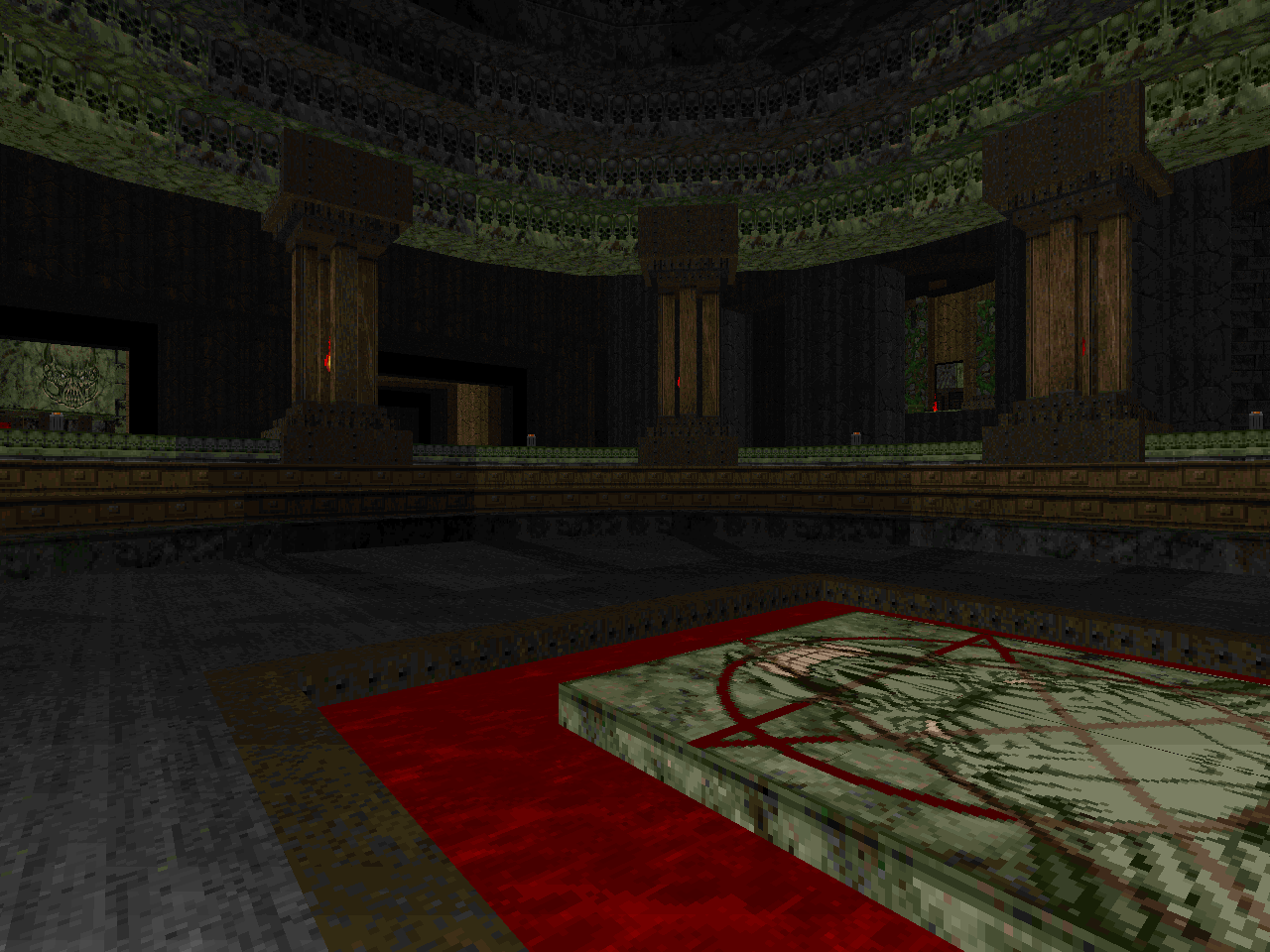
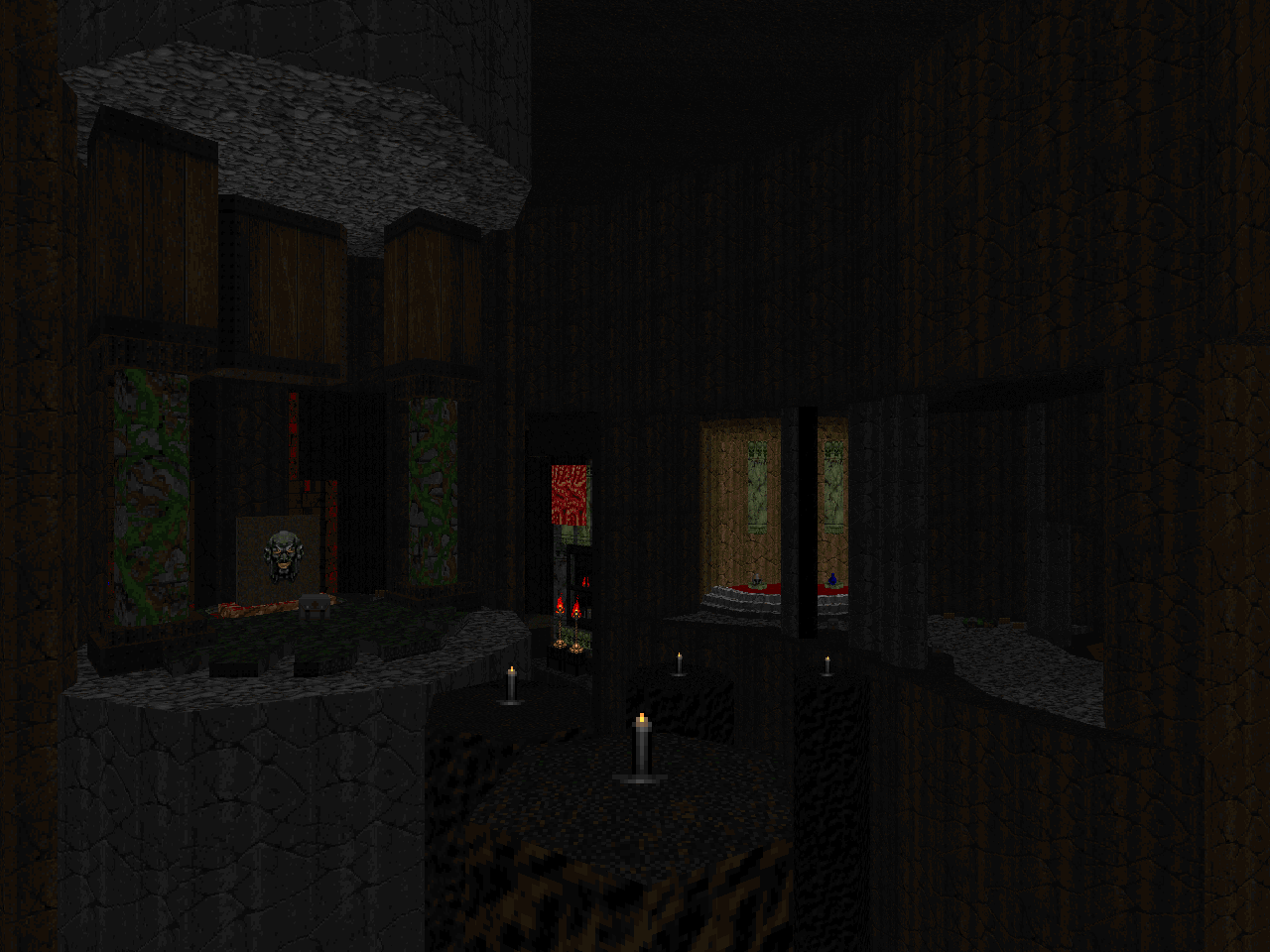
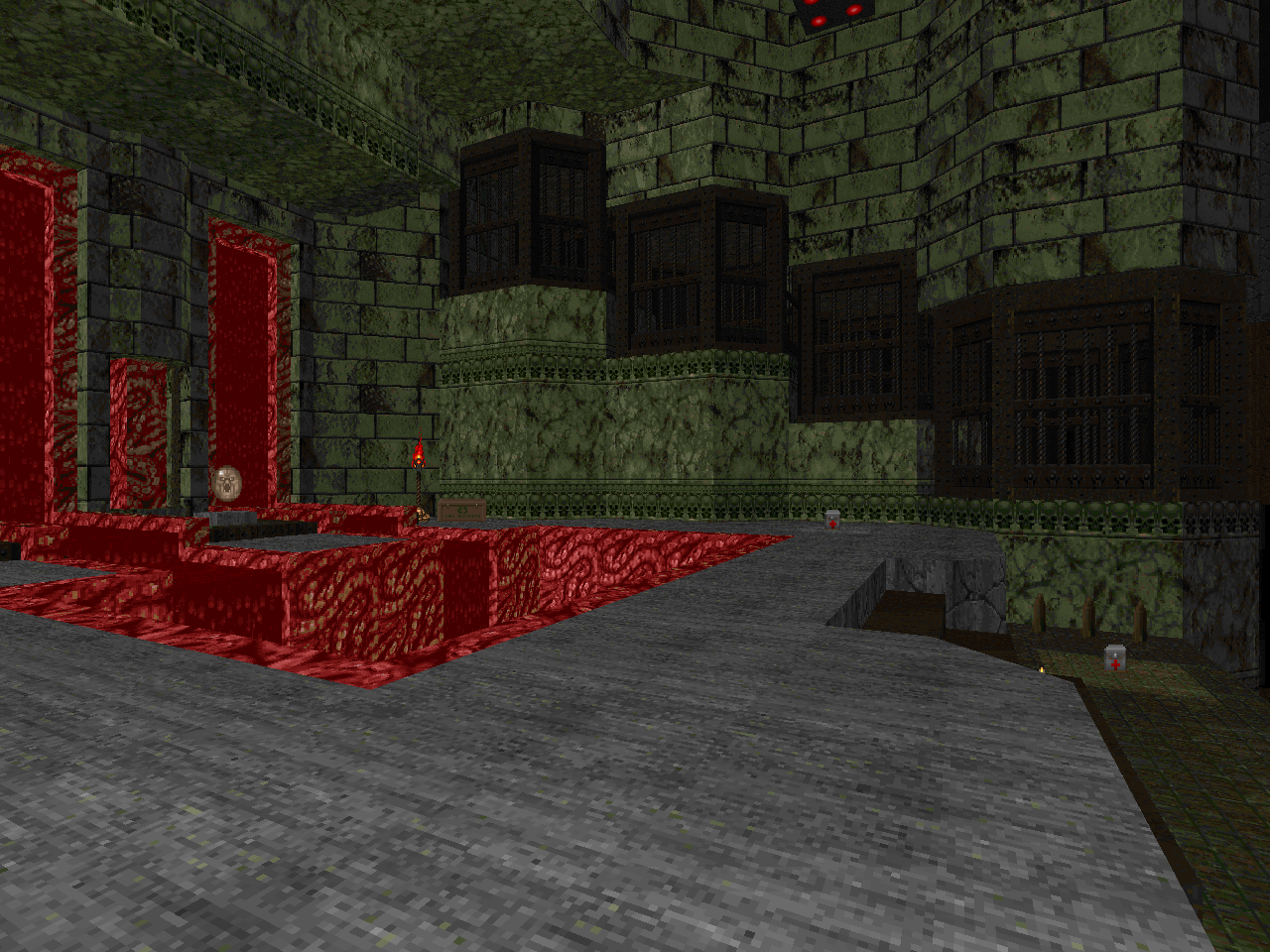
No comments:
Post a Comment